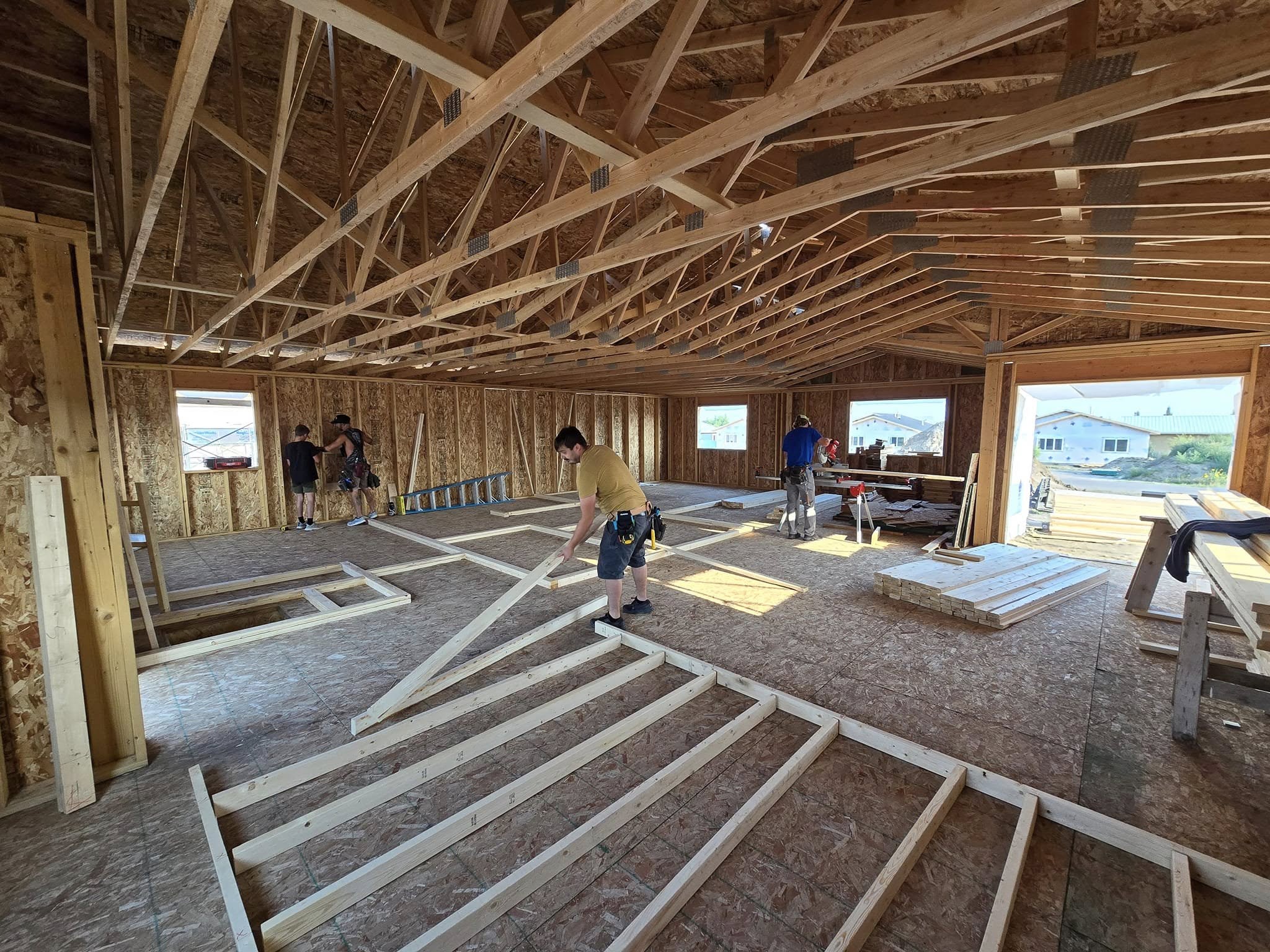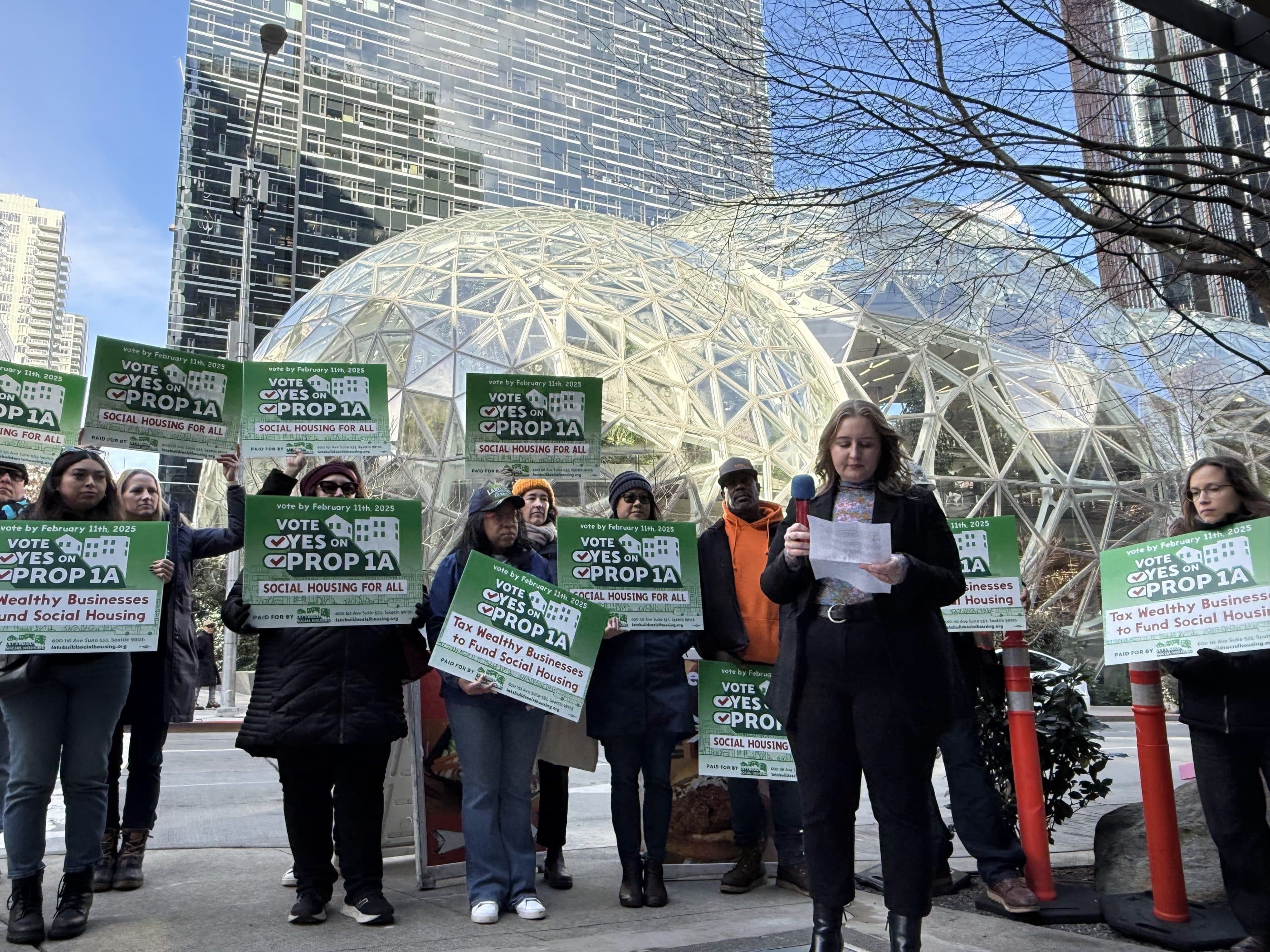As Dina Levy discussed in the spring 2011 issue of Shelterforce, distressed multifamily assets remain in high demand by investors and continue to trade at unsustainable prices. As of the first quarter of 2012, sales volume and prices citywide continue to hold steady, often pricing-out housing operators with a long term, responsible outlook. Affordable housing operators in particular have difficulty competing on acquisition prices, as they rely on increasingly tight public subsidies and have less flexibility to increase rents or reduce expenses.
Many banks compound these difficulties by selling their distressed mortgage notes directly, instead of taking them through the foreclosure process. The note purchasers may begin or continue an existing foreclosure process, or decide to work out an agreement with the existing owner to obtain the deed. These transactions involve significant risk, including a potentially protracted foreclosure process, the risk of bankruptcy from the existing owner, the unclear ability to negotiate an agreement with the existing owner, and cost overruns from the receiver’s building operations that ultimately need to be borne by the note holder. Such risks are more palatable to investors with a high risk/reward threshold, while affordable housing operators generally seek a lower risk, lower profit model.
Finding New Sources of Equity
Until recently, affordable housing operators willing to overcome the risk hurdle and acquire mortgage notes faced limited financing sources. Traditional acquisition and predevelopment financing requires collateral—usually in the form of a lien on a property. But the risks and unknowns involved in financing an overleveraged mortgage note purchase are outside the scope of most traditional lenders or community development financial institutions (CDFIs).
Several affordable housing developers have managed to bridge this gap by bringing equity into their transactions. Omni New York, for example, purchased the notes on a highly distressed 416-unit portfolio in the Bronx in late 2009, using their own equity sources to finance the transaction. On a limited basis, other private developers have also purchased and repositioned overleveraged multifamily notes using equity that, once the deed was obtained, was repaid through permanent financing from a combination of the New York City Department of Housing Preservation and Development (HPD) sources and permanent bank loans. The need to meet the necessary rate of return on equity, however, requires high levels of public subsidy to keep rents affordable to low-income tenants.
Recognizing the need for lower cost capital, Enterprise led an effort to create a sidecar facility to the existing New York City Acquisition Fund (NYAF), an award-winning collaboration between the City of New York, major foundations, and New York’s public and private community investment groups. This additional source of capital now allows the Fund to finance note purchases by developers with viable plans to foreclose and refinance distressed buildings into New York City affordable housing programs. Citi Community Capital, the community development lending and investing group for Citi, is the lead lender for the resulting $60 million debt facility.




Comments